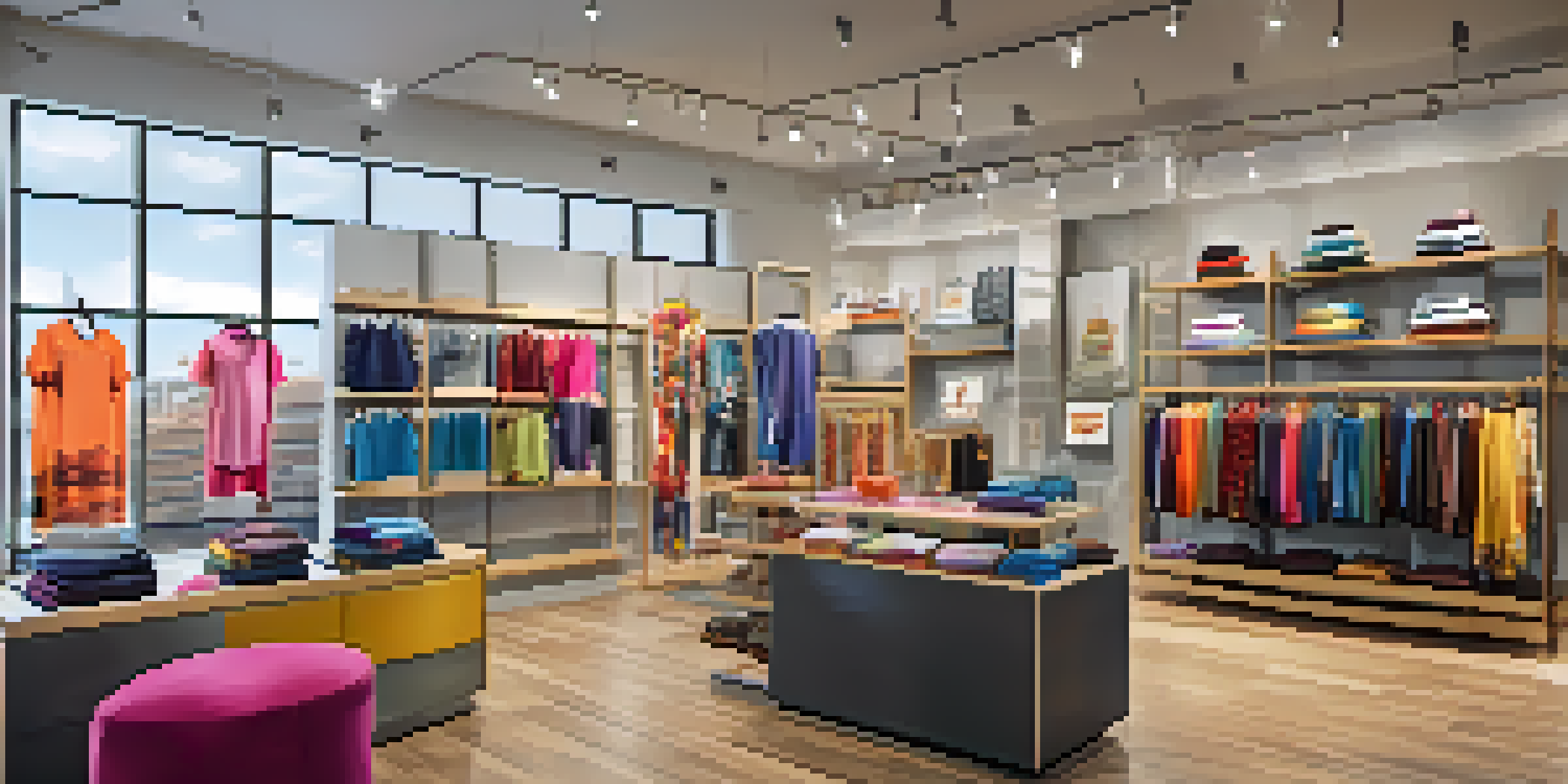Customized Apparel: A Look at the Future of Fashion Industry

The Rise of Customized Apparel in Fashion
In recent years, customized apparel has surged in popularity, offering consumers a unique way to express their personal style. This trend allows individuals to design their own clothing, choosing everything from colors to fabrics, which fosters a deeper connection to the garments they wear. Brands are recognizing this shift and are increasingly incorporating customizable options into their collections, catering to a desire for individuality in a mass-produced world.
Technology's Role in Customization
Advancements in technology, particularly 3D printing and online design tools, are revolutionizing the customized apparel landscape. These technologies enable brands to offer on-demand production, reducing waste and inventory costs while fulfilling consumer desires. For example, platforms like Printful allow users to create their own designs and have them printed on various clothing items, demonstrating the seamless integration of creativity and tech.
Customization Enhances Personal Style
Consumers are increasingly drawn to customized apparel as it allows them to express their individuality through unique clothing designs.
Sustainability and Eco-Friendly Practices
As consumers become more environmentally conscious, customized apparel can contribute to sustainable fashion practices. By creating pieces on-demand, brands can minimize overproduction and reduce waste, which is a significant issue in the fast fashion industry. This shift towards sustainability not only caters to eco-conscious shoppers but also enhances the overall appeal of customized products.
Personalization: A Key Marketing Strategy
Personalization in fashion marketing is becoming increasingly important, as brands seek to create tailored experiences for their customers. By leveraging data analytics, companies can offer recommendations based on individual preferences, making customers feel valued and understood. This approach not only boosts customer loyalty but also drives sales, as consumers are more likely to purchase items that resonate with their personal style.
Tech Drives Sustainable Fashion
Advancements like 3D printing and online design tools enable on-demand production, reducing waste and supporting eco-friendly practices in fashion.
The Influence of Social Media on Customized Fashion
Social media platforms have played a pivotal role in the rise of customized apparel, allowing brands to showcase unique designs and engage with their audience. Influencers and fashion bloggers often promote customized clothing, sparking interest and encouraging followers to explore these options. This visibility helps cultivate a community around personalized fashion, making it a trendy choice among younger generations.
Challenges Facing Customized Apparel Brands
Despite the many advantages of customized apparel, brands face challenges such as managing production costs and delivery times. Balancing quality with affordability can be tricky, especially when aiming to satisfy the growing demand for unique pieces. Additionally, brands must navigate the complexities of supply chain logistics to ensure timely fulfillment without compromising the custom experience.
Social Media Fuels Trend Growth
Platforms like Instagram and TikTok promote customized fashion, creating a vibrant community and influencing younger generations to embrace personalized styles.
Future Trends in Customized Fashion
Looking ahead, we can expect to see even more innovations in the world of customized apparel. Emerging trends may include virtual fitting rooms and augmented reality experiences that allow consumers to try before they buy. As technology continues to evolve, the possibilities for customization will expand, making personalized fashion more accessible and enjoyable for everyone.
Conclusion: Embracing Customization in Fashion
The future of the fashion industry lies in embracing customization, allowing individuals to express their unique style while promoting sustainability. As technology continues to advance and consumer preferences shift, brands that adapt to these changes will thrive. By prioritizing personalization and innovation, the fashion landscape will become a more inclusive and environmentally friendly space.